Marketing Funnels vs Customer Journey Funnels: What You Should Know
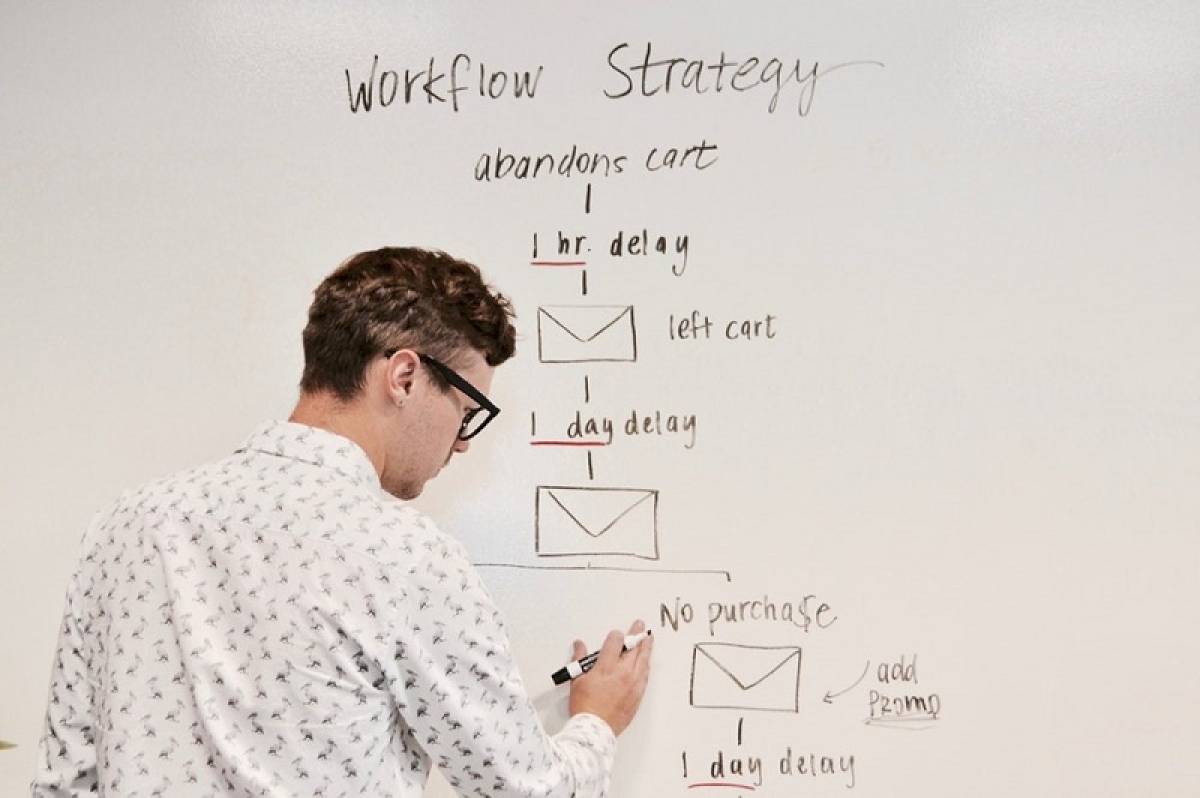
You've probably heard business people and marketers mention 'marketing funnel', and you might even have an idea of what it looks like—a classic funnel.
The idea of a marketing funnel — or sales funnel — is that it represents how customers move through the buyer's journey when interacting with your company, visualized in the form of a funnel.
At the top of the marketing funnel are a whole bunch of leads who have their first interaction with your business in different ways: some may accidentally happen upon you; some may be referred; others are just in the information gathering phase.
Irrespective of how the leads made their first interaction with your business, the idea is that they move down and through the marketing funnel, gathering more information and having more touchpoints.
Some of the leads fall off the funnel and don’t convert to customers (which is why the funnel gets narrower at the bottom), but some of them stay the course and eventually convert into buyers and complete a purchase.
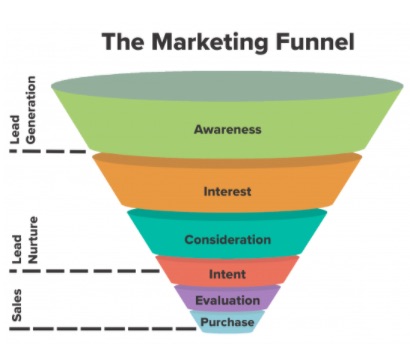
So, how does the marketing funnel differ from the customer journey map (also referred to as the customer journey funnel)?
Marketing Funnel & Customer Journey Map: How They Differ
Marketing funnels and customer journeys are two buzzwords with very similar ideas, but they should not be used interchangeably because they actually mean different things.
- The marketing funnel, as already explained, is a model of marketing or sales process that's visualized from a company’s point of view. Leads start at the top of the funnel and as they learn more about your business they move downwards to the bottom of the funnel where they make a purchase.
- The customer journey map/funnel, on the other hand, is a diagram that represents the customer’s actual journey from lead to customer. It is a visual storyline of every engagement, interaction, and all the steps customers followed from first interaction with your business to making a purchase.
While marketing funnels are presented as linear, this is a generalized representation that is simplified out of necessity, tracing only the most straightforward path a lead can take from awareness to sale.
The customer’s real journey from lead to customer, however, is rarely so simple or linear, which means that you shouldn’t rely soley on your marketing funnel alone for actionable sales insight.
The customer journey funnel is a map of the actual route a customer takes from the time they first encounter your brand to the time they make a purchase, which can deviate from a company's prepared marketing funnel. And that's the primary way the two marketing buzzwords differ.
Since marketing funnels and customer journey funnels are related and differ only slightly. Using the two marketing tools in tandem with each other is a powerful way to not only tailor your marketing materials to the right leads, but also target the right audience and create a smoother, more seamless path for purchase.
Leveraging the Marketing Funnel and Customer Journey Funnel
The marketing funnel and customer journey maps can be used in complementary ways. For example, you can use a marketing funnel to design the right kind of assistance and support that leads likely will need beforehand, and use customer journey maps or customer journey funnel to answer the specific important questions and pain points customers actually face along the buyer’s journey for a more efficient lead nurturing process and better customer experience.
The benefits of creating and using the marketing funnel and customer journey funnel in tandem are self evident: It enables you to better understand your customers' behavior, formulate informed decisions to boost sales and conversions, and improve your marketing, engagement metrics, customer service, and customer experience. This ultimately increases customer satisfaction, customer loyalty, and fosters a positive image for your brand and business in the minds of leads.
To create your customer journey map and marketing funnel, keep your goals and marketing segments top of mind always. Do you want to increase awareness, generate leads, retain certain customers, or boost conversions? Always keep in mind your target segments and personas and how you'll measure your success.
Collect data on the touchpoints your leads encounter and use it to inform your marketing funnel. For you customer journey funnel, do your research and find out exactly what your leads are doing before they buy something from you. Then map out the customer journey as best you can to inform your customer journey funnel.
Admittedly, mapping out the customer journey can be challenging as it is difficult to create a picture that’s 100% accurate. But if you have enough data showing your customers’ route to purchase, you can study the data and create a highly granular and insightful customer journey map that reveals how your average lead interacts with your business before making a purchase.
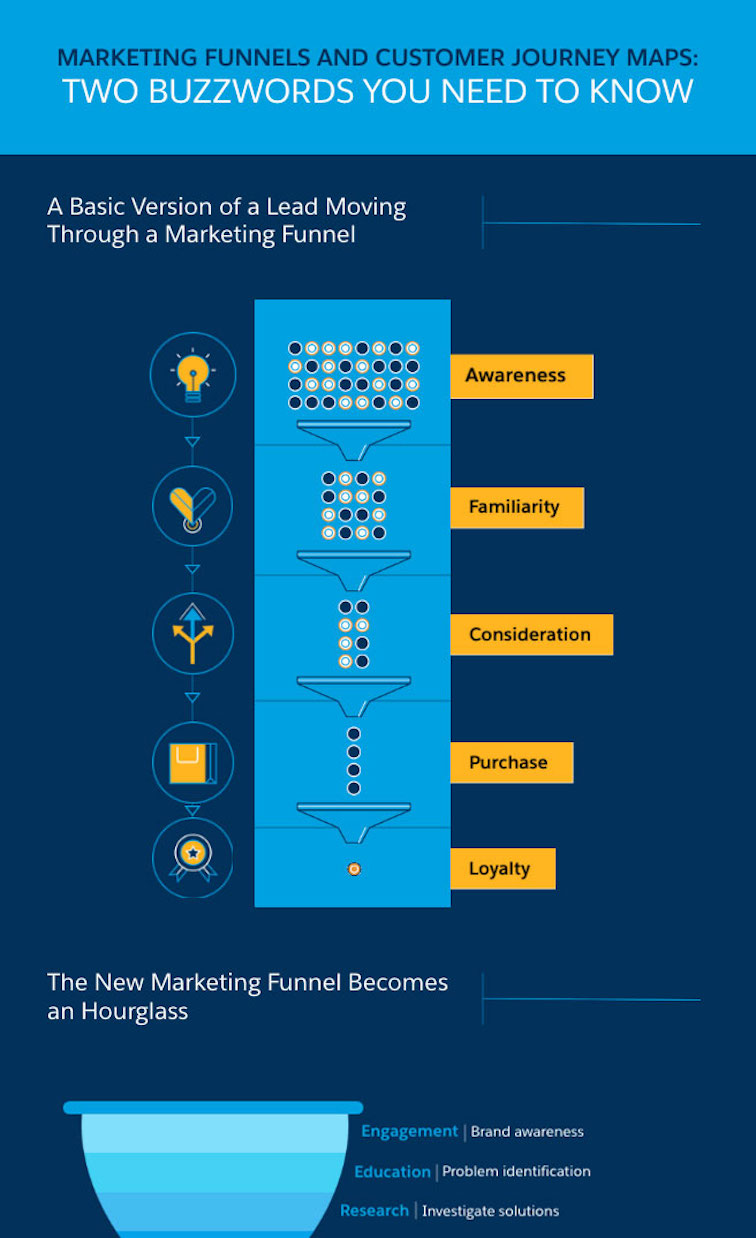
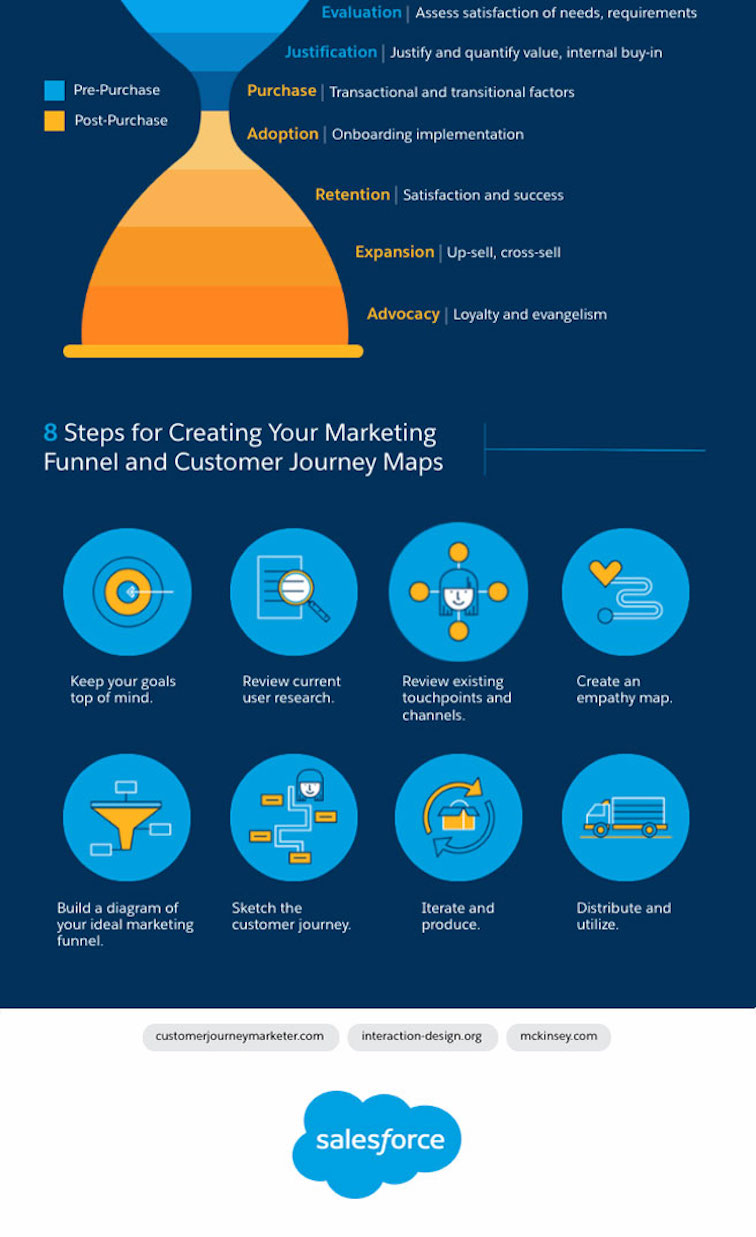







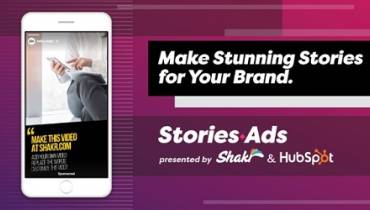

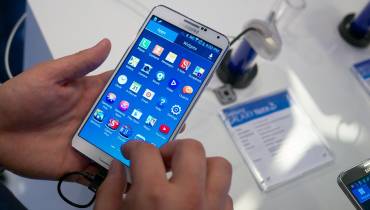

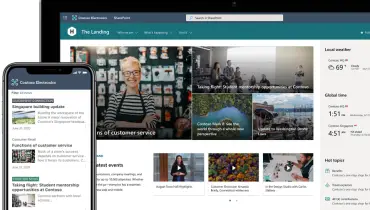








![How Home Exchange Booking Habits Changed During the Pandemic [node:title]](/sites/default/files/styles/video_thumbnail_bottom/public/paandemic-home-swapping--womanaa-mask-by-the-window.jpg?itok=MR3ny7Sy)